5 key highlights from LlamaCon: Meta's first AI developer event
Meta held its first developer-focused AI conference, LlamaCon 2025, on April 29 at its Menlo Park headquarters. The event marked a strategic shift


Meta held its first developer-focused AI conference, LlamaCon 2025, on April 29 at its Menlo Park headquarters. The event marked a strategic shift in Meta’s artificial intelligence efforts, with a focus on open-source tools, transparent development practices, and developer engagement.
The conference introduced the latest updates in Meta’s large language model series, Llama 4, alongside developer tools aimed at simplifying AI integration across applications.
1. Llama 4 brings multimodal features and scalable architecture
A key announcement was the launch of Llama 4, the newest addition to Meta’s language model lineup. Built on a mixture of experts architecture, the models aim to improve performance and efficiency by activating specific parts of the model depending on the task.
Two models—Scout and Maverick—were released at the event. Both support multimodal inputs, such as text and images, and are compatible with 12 languages. A third model, Behemoth, reportedly designed to run on nearly 2 trillion parameters, is still in development.
While Meta emphasised Llama 4's performance improvements, the company faced scrutiny over its benchmarking methods. Developers and industry observers raised concerns about the comparability of performance metrics across different models, a debate Meta acknowledged without offering detailed clarifications.
2. Meta AI app introduced as companion tool
In conjunction with the model release, Meta launched a standalone Meta AI app. Powered by Llama 4, the app offers personalised responses using data from users’ Facebook and Instagram activity.
A core feature is the “Discover” feed, where users can browse and engage with AI-generated content. The app is part of Meta’s effort to build a community-oriented AI interface. While content creators were involved in early testing, Meta confirmed they were not paid for participation.
The app enters an already competitive space dominated by existing AI assistants and chatbots, with Meta positioning its platform as more integrated with its social media ecosystem.
3. Llama API aims to lower barriers for AI adoption
To make its models more accessible to developers, Meta also unveiled the Llama API, which enables integration of Llama models into software applications. According to the company, the API is designed for ease of use—requiring minimal code to implement.
Currently available in limited preview, the API will roll out to a wider audience in the coming months. Meta’s entry into the developer tooling space puts it in more direct competition with other AI service providers.
4. Growth of Llama ecosystem and developer engagement
Meta reported over 1.2 billion downloads of its Llama models since launch. This figure points to widespread experimentation within the developer community, though it doesn't distinguish between exploratory use and production-scale deployment.
During the event, Meta announced the recipients of the 2025 Llama Impact Grants—funding aimed at supporting open-source projects that address economic and technological challenges using AI. This initiative is positioned as part of Meta’s broader effort to promote community-driven development.
5. Industry conversations and collaborations
LlamaCon also featured a fireside chat between Meta CEO Mark Zuckerberg and Microsoft CEO Satya Nadella. Their conversation focused on AI’s role in productivity, workforce transformation, and the potential benefits of open development models.
Meta highlighted another collaboration with Booz Allen Hamilton, in which a fine-tuned version of Llama is being deployed on the International Space Station—a test case for how AI can be applied in constrained or remote environments.
Meta's Broader AI Strategy
Looking ahead, Meta has earmarked $65 billion for AI-related initiatives in 2025. This includes infrastructure expansion, model training, and integration of AI across its product lineup. Future use cases may involve AI-enhanced wearables, including eyewear, as the company continues exploring consumer-facing applications.




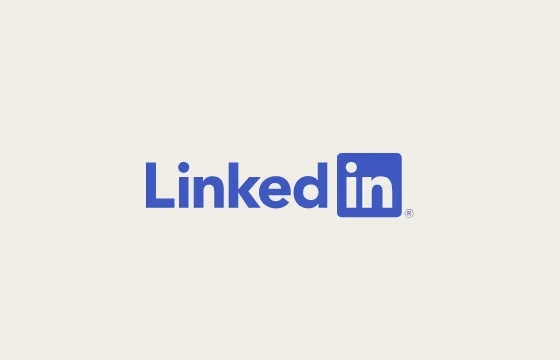




























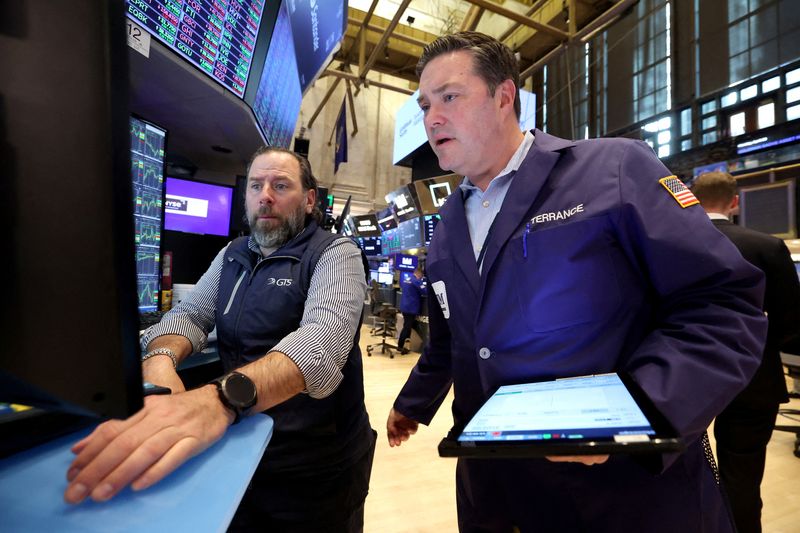









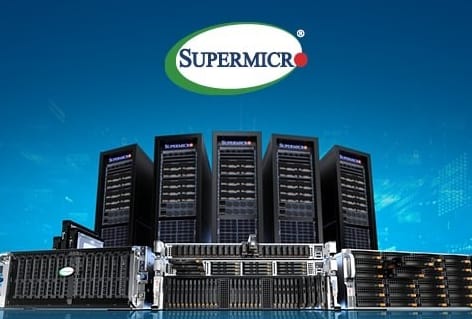


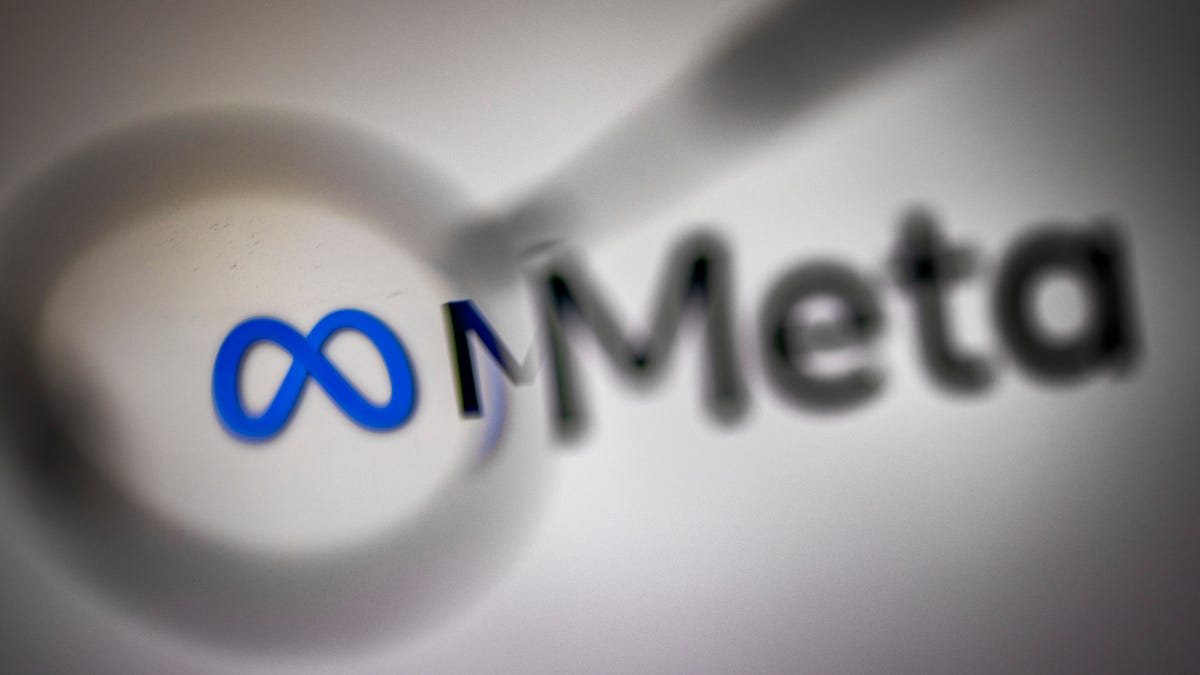






















































































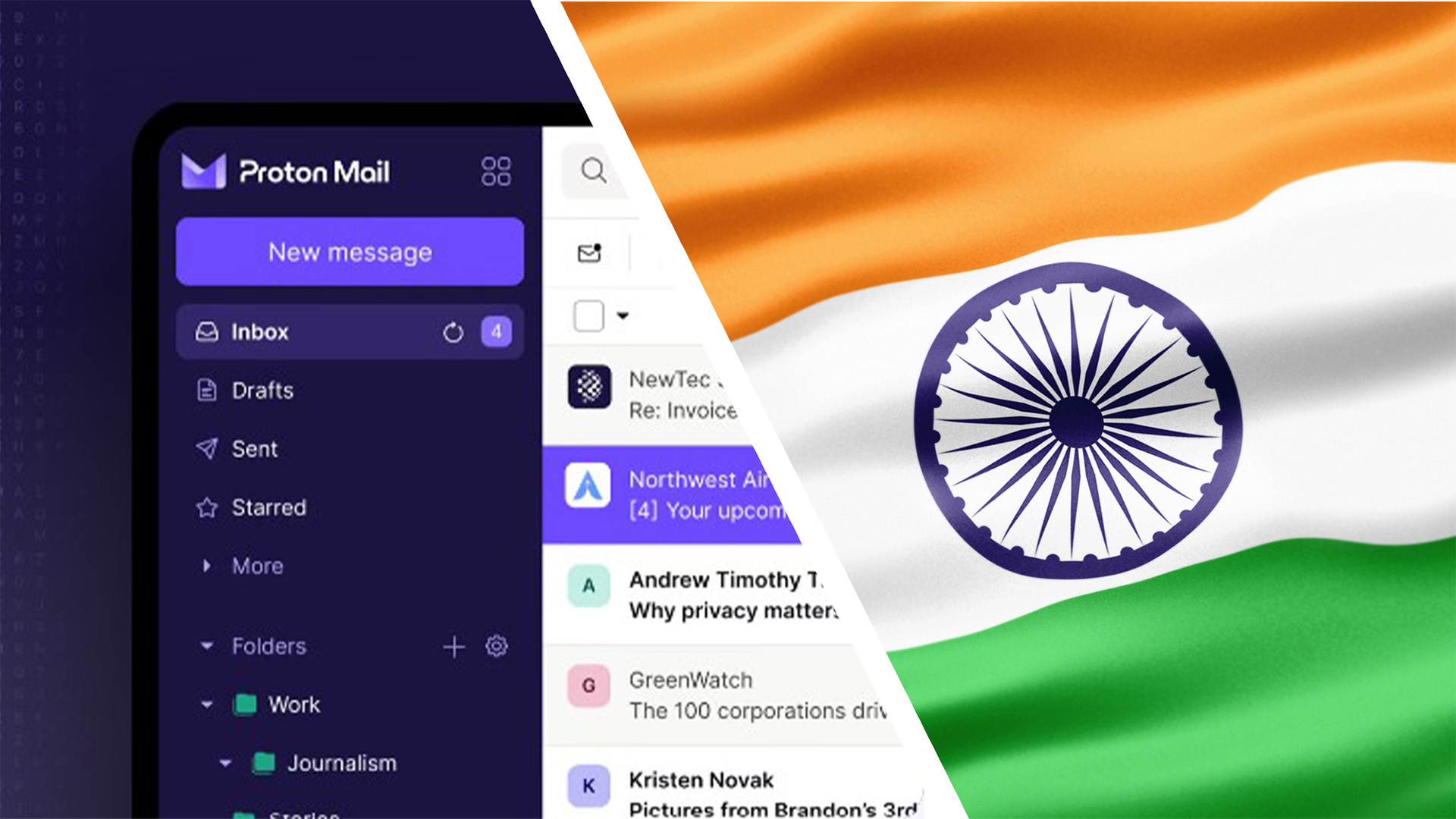


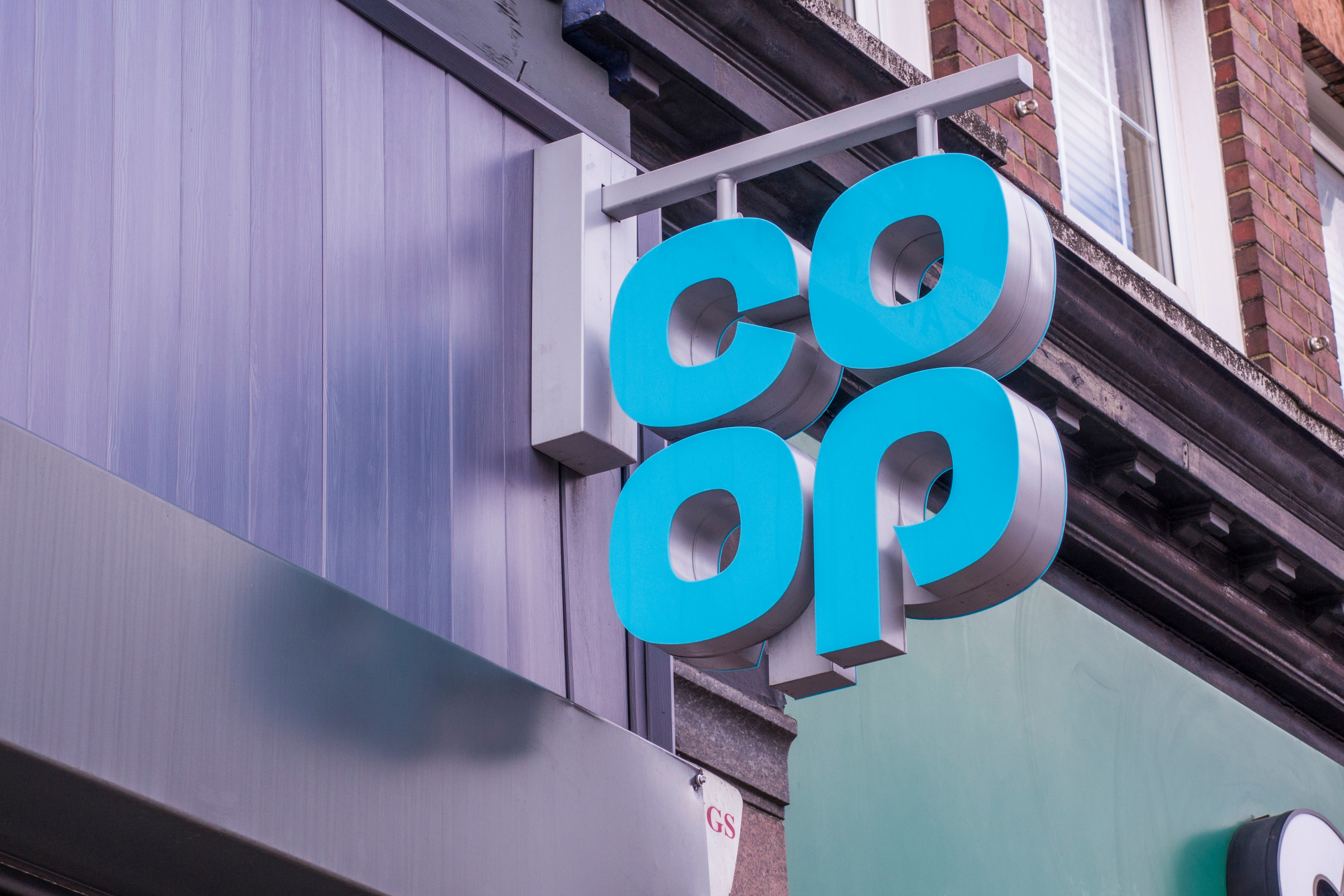










![[Free Webinar] Guide to Securing Your Entire Identity Lifecycle Against AI-Powered Threats](https://blogger.googleusercontent.com/img/b/R29vZ2xl/AVvXsEjqbZf4bsDp6ei3fmQ8swm7GB5XoRrhZSFE7ZNhRLFO49KlmdgpIDCZWMSv7rydpEShIrNb9crnH5p6mFZbURzO5HC9I4RlzJazBBw5aHOTmI38sqiZIWPldRqut4bTgegipjOk5VgktVOwCKF_ncLeBX-pMTO_GMVMfbzZbf8eAj21V04y_NiOaSApGkM/s1600/webinar-play.jpg?#)













































